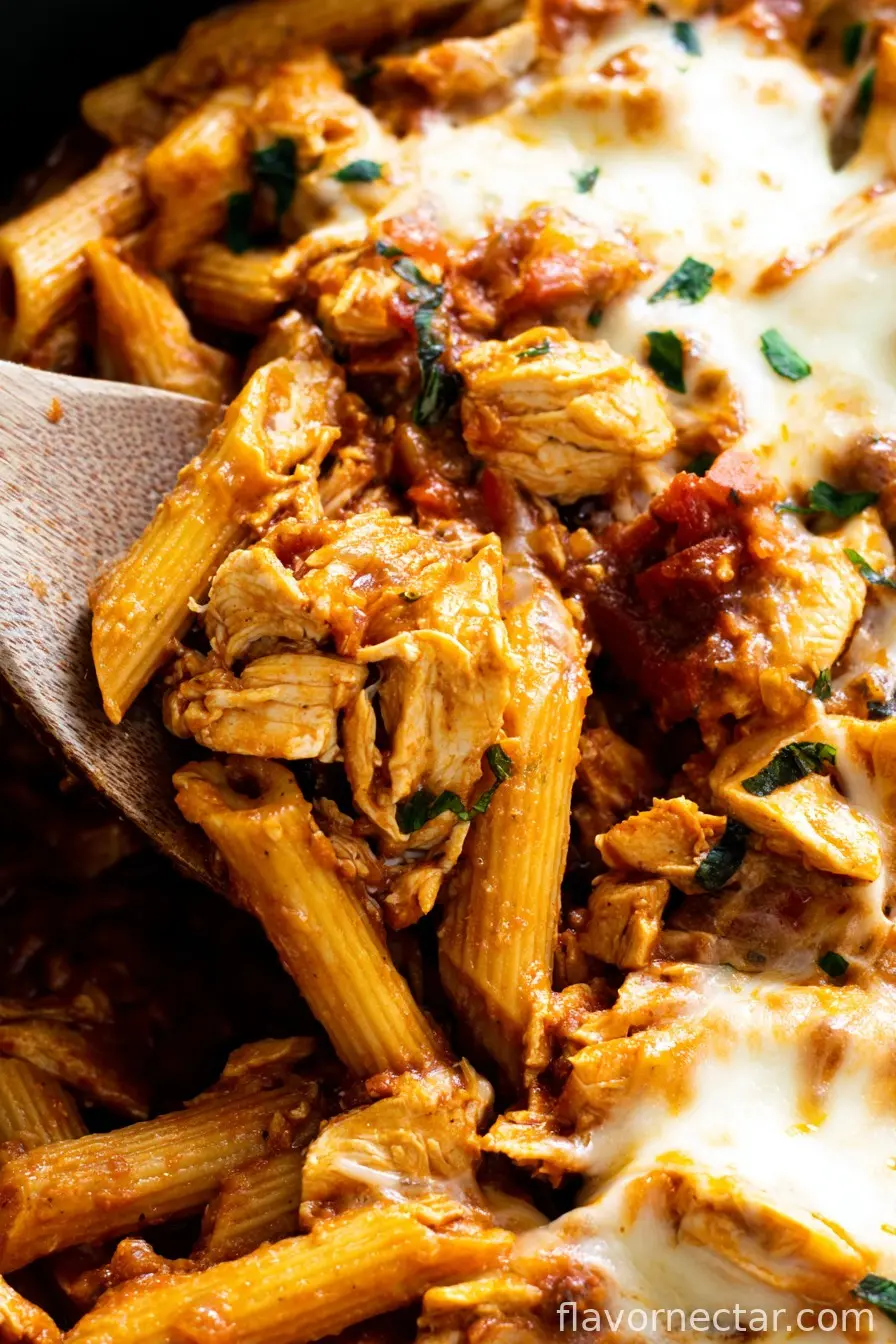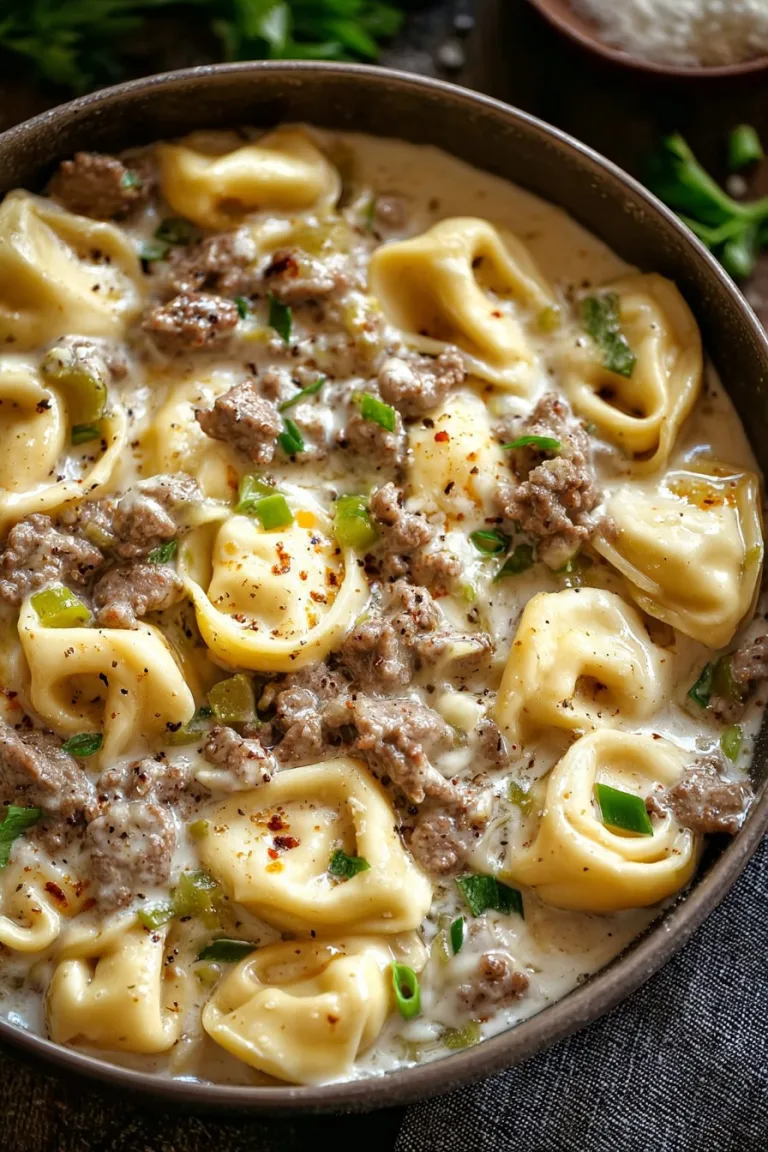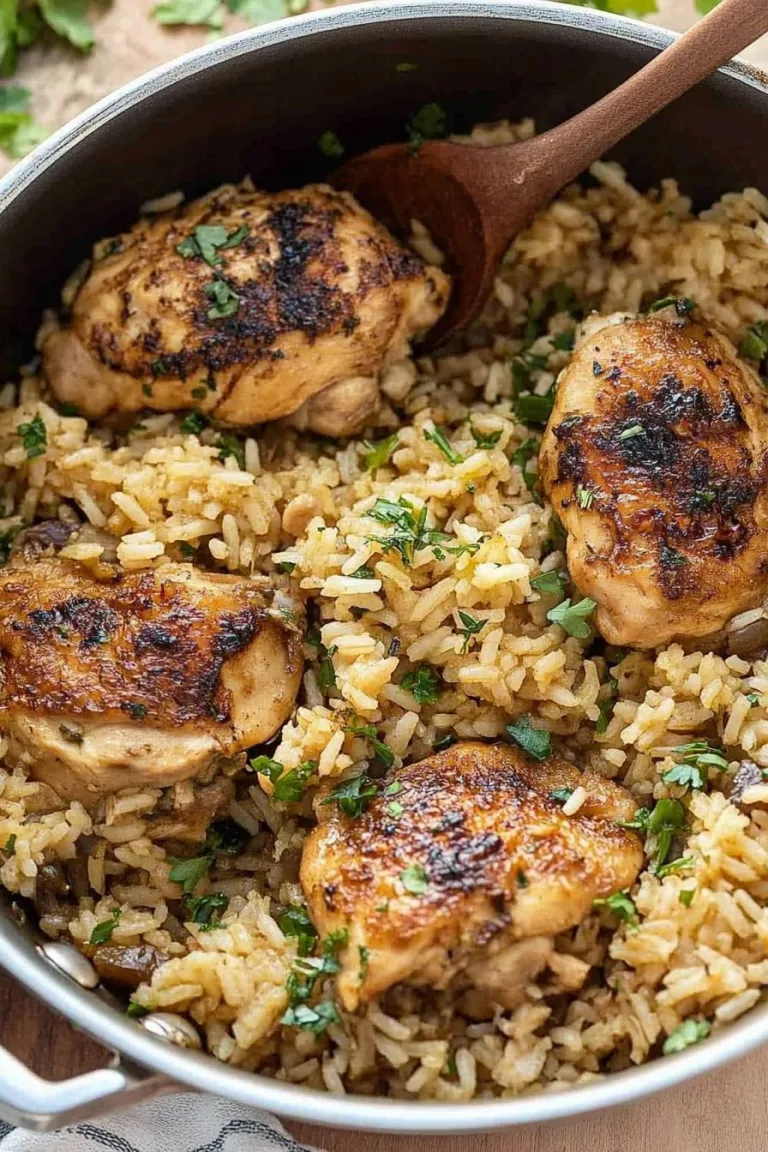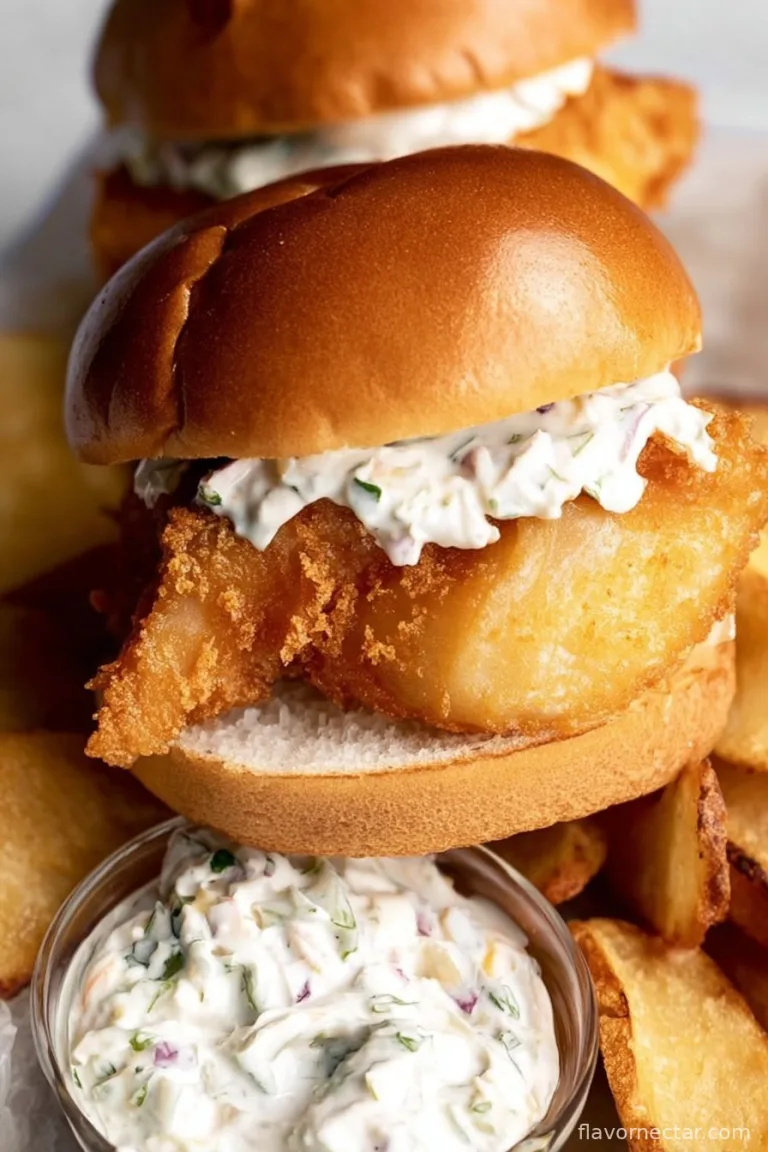Hey y’all! If you love comforting meals that come together in a snap, this Chicken Pasta recipe is about to become your new favorite. With juicy chicken chunks, tender pasta, and a silky, flavorful sauce, this dish is perfect for weeknights, family dinners, or even when guests pop by unannounced. It’s hearty, satisfying, and super versatile—what’s not to love? Let’s get cooking!
Why You’ll Love This Chicken Pasta
- Quick and easy—ready in under 35 minutes!
- Perfectly creamy and loaded with seasoned chicken and pasta in every bite.
- One-pan cleanup makes weeknight dinners a breeze.
- Customizable with your favorite veggies, cheeses, or pasta shapes.
- Family-friendly and always a crowd-pleaser!
Chicken Pasta Ingredients
- 2 large boneless, skinless chicken breasts, diced (about 1 pound)
- 2 tablespoons olive oil
- 12 ounces penne pasta (or your favorite shape)
- 3 cloves garlic, minced
- 1 medium yellow onion, diced
- 1 red bell pepper, diced
- 1 1/2 cups heavy cream
- 1 cup low-sodium chicken broth
- 1 cup grated Parmesan cheese
- 1 teaspoon Italian seasoning
- 1/2 teaspoon smoked paprika
- 1/2 teaspoon black pepper
- 1 teaspoon salt (more to taste)
- 2 tablespoons fresh parsley, chopped (plus extra for serving)
How to Make Chicken Pasta: Step-by-Step Directions
Step 1: Prepare the Pasta
Bring a large pot of salted water to a boil. Add penne pasta and cook until al dente, about 10-12 minutes. Reserve 1/2 cup pasta water, drain, and set aside.
Step 2: Sauté the Chicken
Heat 1 tablespoon olive oil in a large skillet over medium-high heat. Season the diced chicken with salt, black pepper, and smoked paprika. Add to the skillet and cook for 5-7 minutes until golden and cooked through. Remove chicken to a plate and set aside.
Step 3: Cook the Vegetables
Add remaining olive oil to the same skillet. Sauté onion and bell pepper for 3-4 minutes until softened, then add minced garlic and Italian seasoning, cooking for another minute.
Step 4: Build the Creamy Sauce
Reduce heat to medium. Pour in chicken broth and heavy cream, stirring to combine. Simmer for 3-4 minutes until slightly thickened.
Step 5: Finish the Chicken Pasta
Return cooked chicken to the skillet along with drained pasta and Parmesan cheese. Toss everything together, adding reserved pasta water as needed for a silky sauce. Stir in fresh parsley, then taste and adjust seasonings as needed. Serve hot with extra Parmesan and parsley sprinkled over the top!

Chicken Pasta Notes & Tips
- For a lighter option, substitute half-and-half or milk for heavy cream (read more about creamy pasta sauce techniques).
- Try using rotisserie chicken to speed up prep time for busy nights.
- If your sauce is too thick, a splash of pasta water helps achieve the perfect creamy consistency!
Chicken Pasta Variations
- Spicy Cajun Chicken Pasta: Add 1 teaspoon Cajun seasoning and substitute smoked sausage for extra heat.
- Veggie-Packed Chicken Pasta: Toss in spinach, mushrooms, or sun-dried tomatoes for extra flavor and nutrition.
- Lighter Chicken Pasta: Use whole wheat pasta and swap cream for low-fat Greek yogurt.
Required Equipment for Chicken Pasta
- Large pot for boiling pasta
- Deep skillet or sauté pan
- Sharp knife and cutting board
- Measuring cups and spoons
- Wooden spoon or spatula
Chicken Pasta Storage & Shelf Life
Store leftover chicken pasta in an airtight container in the refrigerator for up to 3 days. Reheat gently on the stove or in the microwave, adding a splash of chicken broth or milk to bring back the creaminess. Not ideal for freezing as the sauce can separate.
Pairings & Serving Recommendations for Chicken Pasta
- Pair with a crisp green salad or roasted vegetables for a balanced meal.
- Serve alongside crusty garlic bread or homemade focaccia.
- Enjoy with a chilled glass of Pinot Grigio or sparkling lemonade for a refreshing finish.
Pro Tips for Perfect Chicken Pasta
- Don’t overcook the pasta—aim for al dente, as it will continue to cook when combined with the sauce. (See how to cook pasta perfectly.)
- Let the chicken brown for maximum flavor before adding other ingredients.
- Grate your own Parmesan cheese for the best melt and flavor; pre-shredded cheese can make the sauce grainy.
Chicken Pasta FAQ
1. Can I use a different type of pasta?
Absolutely! Any short pasta like rigatoni, fusilli, or farfalle works great in this chicken pasta recipe.
2. How do I make this chicken pasta gluten-free?
Just swap in your favorite gluten-free pasta and make sure your broth and seasonings are gluten-free—many brands offer excellent options (see gluten-free pasta info).
3. Can I add cheese other than Parmesan?
Yes! Try Asiago, mozzarella, or a blend of Italian cheeses for a different flavor twist.
Ingredients
- 2 boneless, skinless chicken breasts (about 300g), diced
- 250g penne or fusilli pasta
- 2 tablespoons olive oil
- 1 small onion, finely chopped
- 2 cloves garlic, minced
- 400g canned diced tomatoes
- 120ml heavy cream
- 60g grated Parmesan cheese
- 1 teaspoon dried Italian herbs
- Salt and black pepper to taste
- Fresh basil leaves, for garnish
Instructions
-
1Cook the pasta in a large pot of salted boiling water according to the package instructions. Drain and set aside.
-
2Heat olive oil in a large skillet over medium-high heat. Add the diced chicken and season with salt and black pepper. Cook for 5-6 minutes until browned and cooked through. Remove from the skillet and set aside.
-
3In the same skillet, add chopped onion and cook for 2-3 minutes until soft. Add minced garlic and cook for another 30 seconds.
-
4Stir in canned diced tomatoes and dried Italian herbs. Simmer for 5 minutes, letting the sauce thicken slightly.
-
5Reduce heat to low and add heavy cream and grated Parmesan cheese. Mix well until the sauce becomes creamy and smooth.
-
6Return the chicken and cooked pasta to the skillet. Toss everything together until well combined and heated through. Garnish with fresh basil leaves before serving.
Approximate Information for One Serving
Nutrition Disclaimers
Number of total servings shown is approximate. Actual number of servings will depend on your preferred portion sizes.
Nutritional values shown are general guidelines and reflect information for 1 serving using the ingredients listed, not including any optional ingredients. Actual macros may vary slightly depending on specific brands and types of ingredients used.
To determine the weight of one serving, prepare the recipe as instructed. Weigh the finished recipe, then divide the weight of the finished recipe (not including the weight of the container the food is in) by the desired number of servings. Result will be the weight of one serving.
Did you make this recipe?
Please consider Pinning it!!








